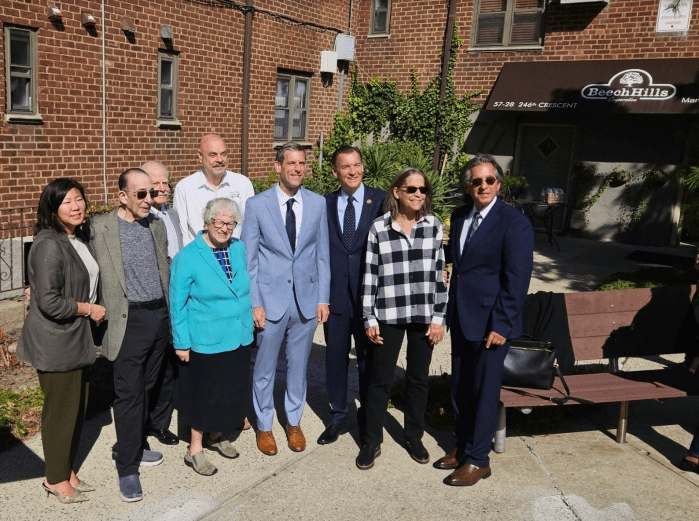In New York state, more than 3 million people are living beneath the federal poverty line. From 2007 to the present, that number has increased by 11 percent, according to federal census data.
More than 3 million state residents — one in six — now live in poverty, according to a survey conducted by the city Coalition Against Hunger, and the U.S. Department of Agriculture recently released a report showing a 56 percent increase in food insecurity among New Yorkers. At the same time, New York has one of the lowest food stamp enrollment rates in the nation, and fingerprinting requirements could be one reason why so many eligible New Yorkers are facing increased food insecurity.
In such an economic climate, we should be ensuring that the neediest among us have access to adequate safety nets, not demonizing those who are trying to put food on their children’s tables by requiring them to be fingerprinted.
While I share the Bloomberg administration’s concerns with preventing waste in government, I believe there are better avenues with which to combat fraud. In addition, fingerprinting adds a costly administrative burden to an already underfunded program. In 2011, the USDA undersecretary wrote to states that “there are serious concerns that finger-imaging requirements may be a barrier to participation among many of the hard-to-reach eligible populations who wish to enroll in the [food stamp] program.” He encouraged states to find more cost-effective methods to root out fraud.
According to a study conducted by the Food and Research Action Center, analyzing data provided by The New York Times, in Queens alone 11 percent of residents were enrolled in the SNAP program in 2009, while almost 17 percent of the population was found to be under 125 percent of the poverty rate.
In real numbers, that means more than 262,587 were receiving SNAP benefits, although more than 381,612 people were eligible for the program. Thanks to Gov. Andrew Cuomo’s pledge to add an extra $1 million to a food stamp outreach program, I hope we can close that gap.
On a weekly basis, my office responds to constituent concerns regarding food stamp applications. Many people are eligible for the program and do not realize it. Other eligible applicants are ashamed to admit they need help. It is time to get rid of the stigma that fingerprinting requirements reinforce.
We cannot afford to let our children go hungry or let food insecurity become a dominating factor in the everyday lives of New York’s residents. It is time to stop the practice of fingerprinting for food stamps in New York City.
David Weprin
State Assemblyman
(D-Little Neck)



































